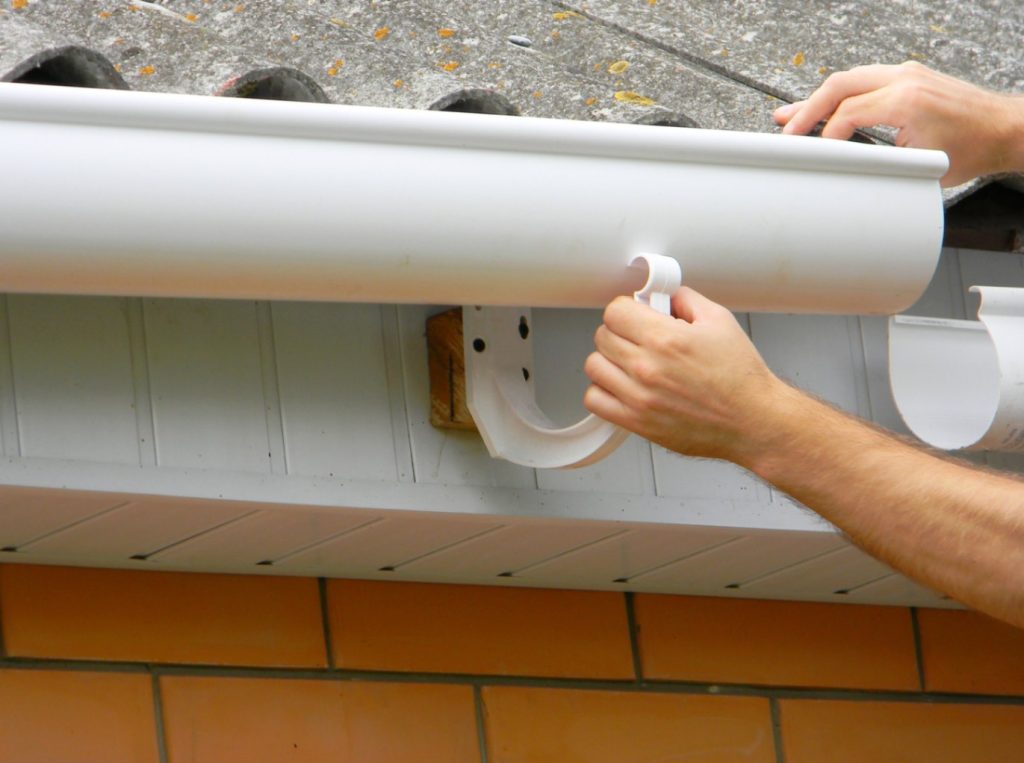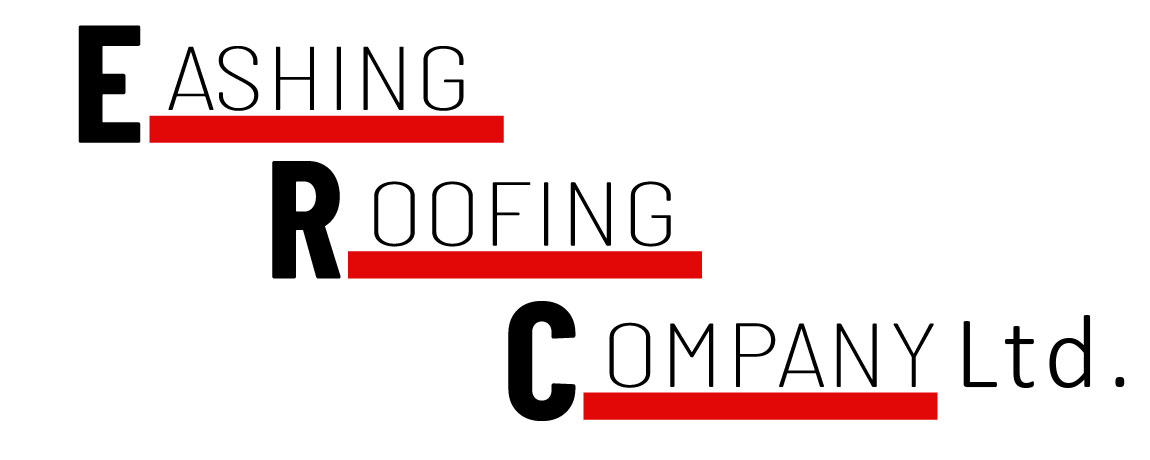Understanding Roof Drainage: How to Prevent Water Damage to Your Home
An effective roof drainage system channels water away, preventing pooling and leaks. Neglecting this can lead to serious issues, including mould and structural deterioration. By recognising the key components and common problems associated with roof drainage, you’ll be better equipped to maintain your home’s integrity. Discover the signs of drainage issues and how to address them effectively to safeguard your investment.

Key Takeaways
- Ensure your roof has an adequate slope to direct water towards drainage points, preventing pooling and potential damage.
- Choose high-quality drainage materials designed to endure harsh weather conditions for long-term effectiveness.
- Regularly clean gutters and downpipes to prevent blockages and ensure efficient water flow away from the roof.
- Inspect the roof for cracks or gaps that can exacerbate drainage issues and lead to water infiltration.
- Schedule routine maintenance and inspections to identify and address drainage problems before they cause significant damage.
The Importance of Roof Drainage Systems
When considering the integrity of a building, effective roof drainage systems are vital. Proper roof design incorporates these systems to manage water flow, preventing pooling that can lead to structural damage.
Without adequate drainage, excess water can compromise roofing materials, leading to leaks and mould growth. Choosing the right drainage materials, such as gutters, downpipes, and drainage membranes, ensures efficient water movement away from the roof.
These components must be strategically placed to complement the roof design and successfully channel water. By prioritising roof drainage, you safeguard your property against costly repairs and improve its longevity.
A well-designed drainage system is a significant investment in maintaining the overall health of your building.
Key Components of Effective Roof Drainage
A well-functioning roof drainage system relies on several key components that work together to prevent water accumulation and protect your building.
Proper Roof Slope
Proper roof slope is vital; it directs water towards drainage points, minimising pooling. Confirm the slope meets local building regulations to improve efficiency.
High-Quality Drainage Materials
High-quality drainage materials such as gutters, downpipes, and drainage membranes should be durable enough to withstand harsh weather conditions.
Regular Maintenance
Regular maintenance, including cleaning gutters and inspecting for debris, is necessary to keep the system operational.
Common Problems Caused by Poor Roof Drainage
Poor roof drainage can lead to significant problems that compromise the integrity of your building.
- Water Pooling creates excess weight on the roof structure, leading to sagging, cracking, and eventual failure of roofing materials.
- Mould and Mildew thrive in stagnant water, posing health risks and damaging interiors.
- Water Infiltration into walls and ceilings results in costly repairs and can weaken the foundation over time.
To protect your investment, ensure your roof’s drainage system is properly designed and maintained to prevent these common problems.
Signs of Drainage Issues to Watch For
- Water pooling on your roof after a rainstorm is a key indicator of drainage problems.
- Water stains on ceilings or walls may signal underlying drainage system design flaws.
- Cracks or gaps in the roof surface can exacerbate drainage issues, leading to further water accumulation.
- Overflowing gutters indicate blockages that need immediate attention.
If you spot any of these signs, seek professional help promptly to prevent potential water damage and preserve your home’s integrity.
Maintenance Tips for Optimal Roof Drainage
To maintain ideal roof drainage, implement the following routine maintenance tasks:
Regular Gutter Cleaning
Regular gutter cleaning is vital for preventing water accumulation and potential damage to your home. Clogged gutters can lead to overflow, which may erode your foundation or cause leaks.
Aim to clean your gutters at least twice a year, or more frequently if you live in an area with heavy foliage. Installing gutter guards can greatly reduce debris build-up and minimise maintenance needs.
Inspect Roof Slope
After verifying your gutters are clear, inspect the roof slope. The roof pitch directly affects how water flows off your roof. Ideally, a slope of at least 2:12 (two inches of rise for every twelve inches of run) is recommended to facilitate effective drainage.
If you notice low spots or uneven slopes, consider adjustments, such as adding materials to raise the pitch or consulting a professional for structural changes.
Clear Downpipes Often
Clearing your downpipes is crucial for maintaining optimal roof drainage. Leaves, twigs, and debris can accumulate, obstructing water flow and causing potential damage to your home’s foundation.
To prevent clogs, perform debris removal at least twice a year, ideally in spring and autumn. If you notice water pooling near your home during heavy rain, your downpipes may need immediate attention.
Solutions for Improving Roof Drainage Systems
To enhance your roof drainage system, consider the following solutions:
Gutter Maintenance Tips
- Regularly inspect gutters for debris, clogs, or damage.
- Different gutter types may require specific maintenance techniques, so familiarise yourself with your system.
- Check the downpipes to guarantee proper water flow and clear any obstructions immediately.
- Adjust your gutters’ pitch if water isn’t draining properly.
Drainage System Upgrades
Upgrading your drainage system can greatly improve its efficiency and longevity.
- Installing larger downpipes or additional gutters can enhance water flow.
- Advanced drainage solutions, like perforated pipes or French drains, can efficiently redirect excess water away from your foundation.
- Rainwater harvesting systems provide drainage benefits and promote sustainability by reusing water for irrigation.
Regularly inspecting and updating your drainage system ensures peak performance, preventing clogs and backups.
Frequently Asked Questions
How often should I inspect my roof drainage system?
You should conduct seasonal inspections of your roof drainage system to ensure optimal performance. Regular drainage maintenance helps identify issues early, preventing costly repairs and potential water damage.
Can roof drainage affect my home’s energy efficiency?
Yes, poor roof drainage can lead to energy loss. If your drainage design isn’t efficient, it may cause moisture build-up, increasing heating and cooling demands.
What materials are best for roof drainage systems?
For effective roof drainage systems, metal gutters provide durability and longevity, while drainage membranes ensure proper water flow. Combining these materials can greatly improve your home’s drainage efficiency.
How do weather conditions impact roof drainage needs?
Weather conditions greatly impact roof drainage needs. Heavy rainfall requires efficient systems to manage water flow, while snow accumulation necessitates designs that prevent ice dams.
Are there any local regulations regarding roof drainage systems?
You should check local building regulations, as many require drainage permits for installation or modification of roof drainage systems.
Conclusion
Understanding and maintaining your roof drainage system is essential for protecting your home from water damage. By regularly inspecting and cleaning gutters, downpipes, and other components, you can prevent common issues like leaks and mould growth. Be proactive in addressing any signs of drainage problems to safeguard your investment. With a well-functioning roof drainage system, you can improve your home’s longevity and avoid costly repairs down the line.
